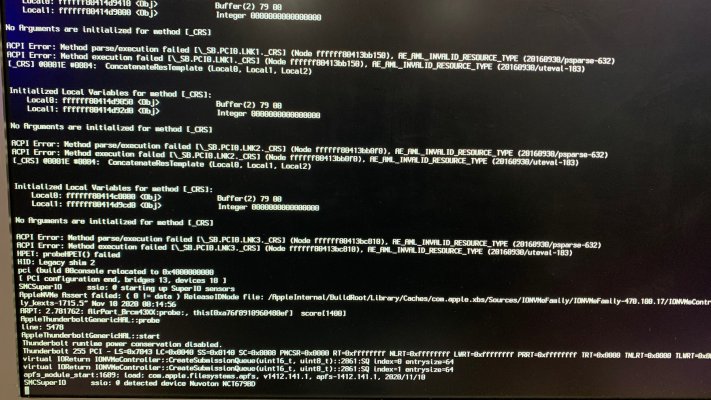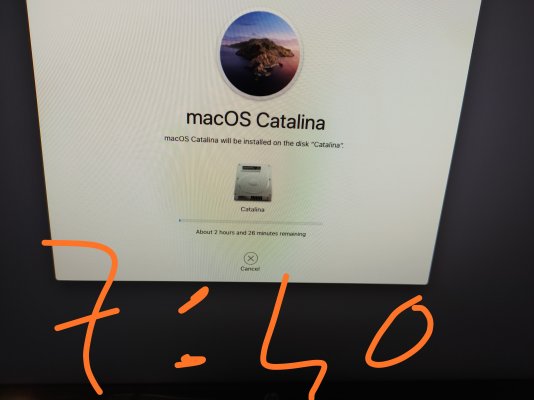- Joined
- Jan 29, 2011
- Messages
- 59
- Motherboard
- Gigabyte Z490 VISION D
- CPU
- i7 10850K
- Graphics
- RX580
- Mac
hi. it is not CNVI locked ,actually is a a regular " Key E" type like most wifi cards , (user manual page # 1-19) so yea all you need is the adapterHi!
i have almost the same setup and searching for a wifi card to use. I just want to be sure that I understand you correctly, did you just put the BCM94360CS2 in the m2 key e (the m2 port In the middle of the 3) port? I thought it was CNVI locked ? in that case, which adapter do I need to put it in the m2 socket? and the bluetooth works without the usual internal usb thing that's on the most adaptors? Sorry for my many questions
no usb header of any kind
heres what i used apple card BCM94360CS2
here is the adapter i got from from amazon . https://www.amazon.com/gp/product/B085HBBB6B/?tag=tonymacx86com-20
and here is the antennas i got from ebay.

EDUP Intel WiFi 6 Card AX200 NGFF M.2 Bluetooth 5.1 with Antenna Cable Module | eBay
Find many great new & used options and get the best deals for EDUP Intel WiFi 6 Card AX200 NGFF M.2 Bluetooth 5.1 with Antenna Cable Module at the best online prices at eBay! Free shipping for many products!
www.ebay.com
dont buy the whole thing just the antennas/bracket
Last edited:


